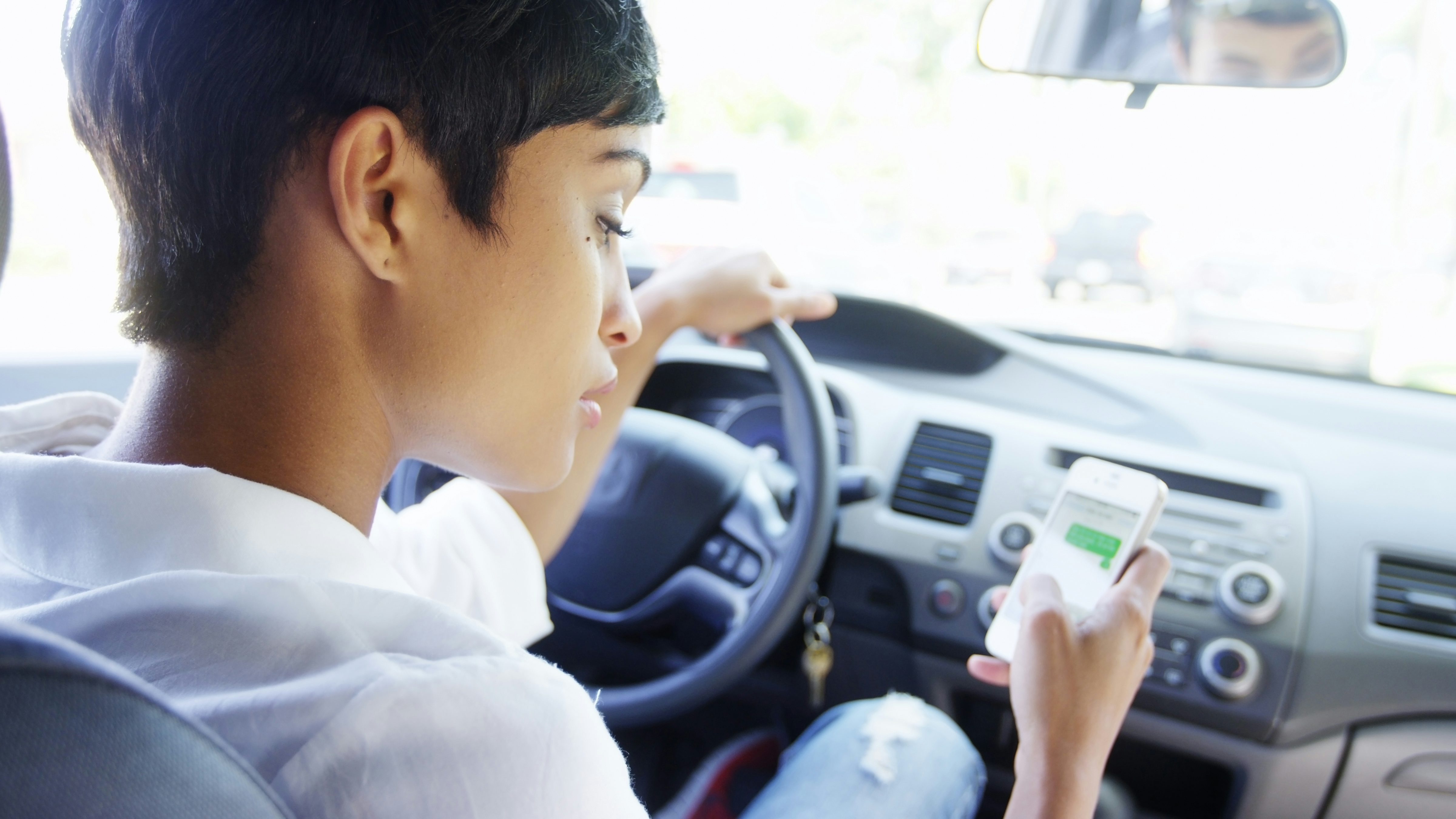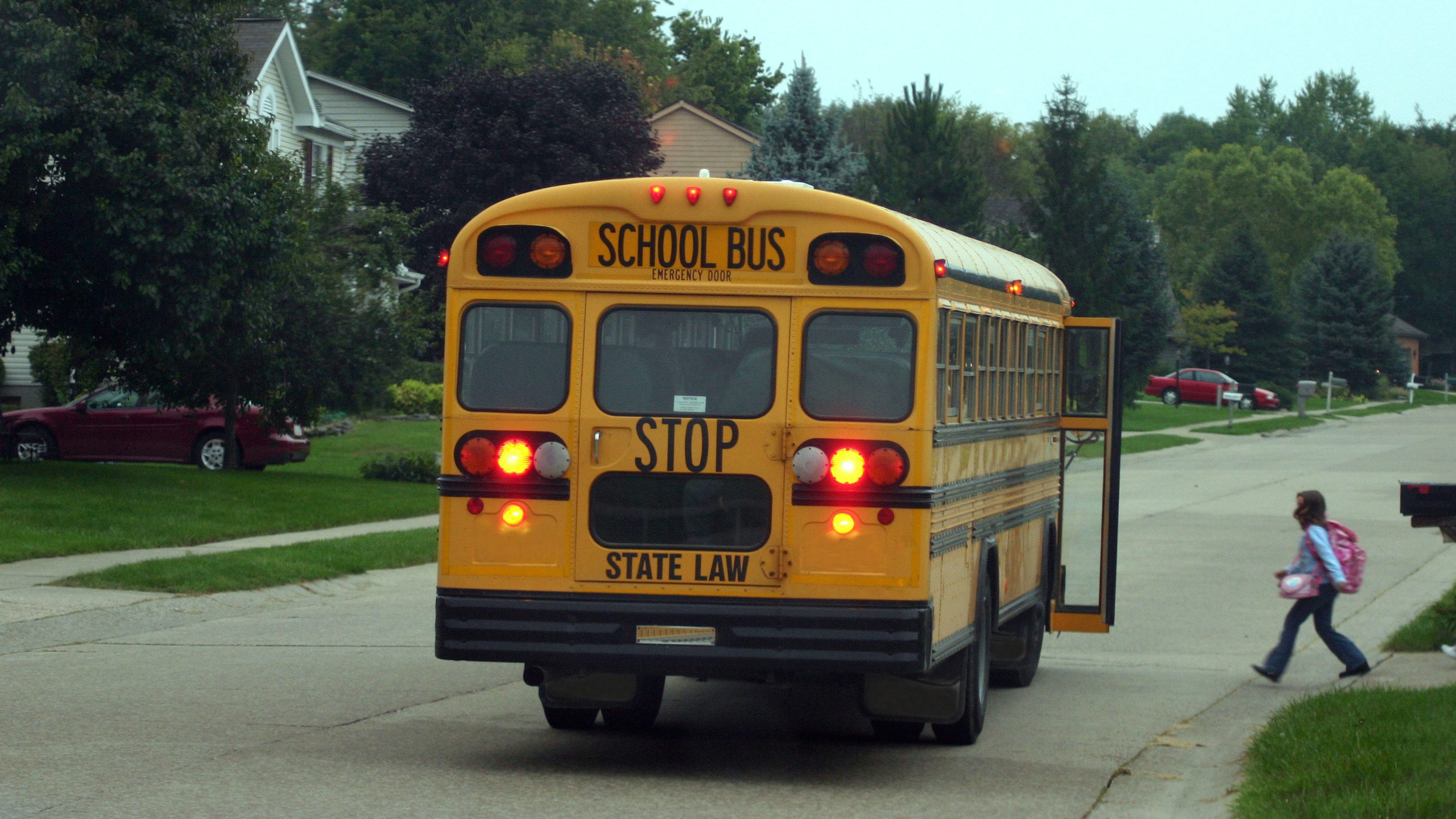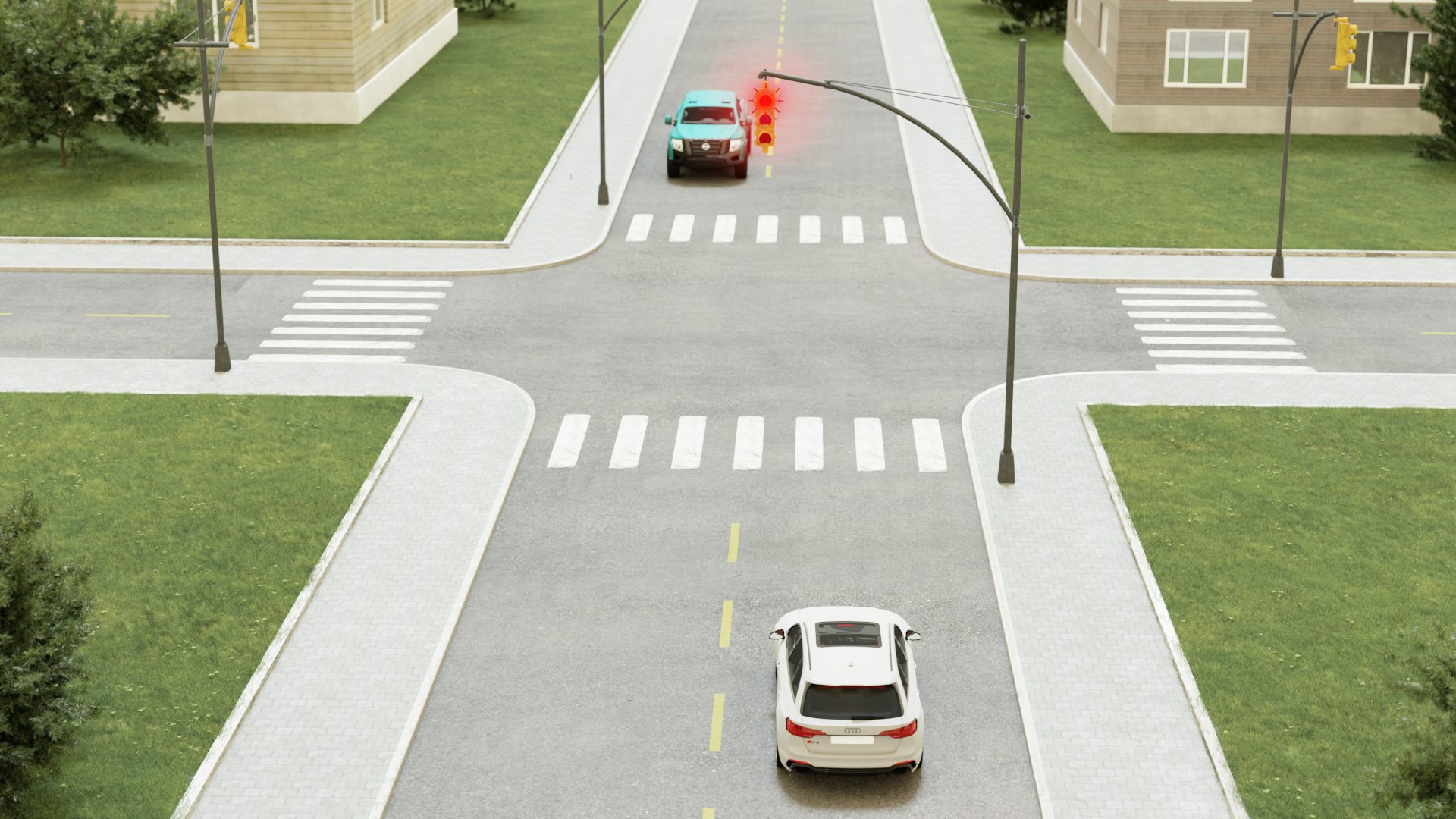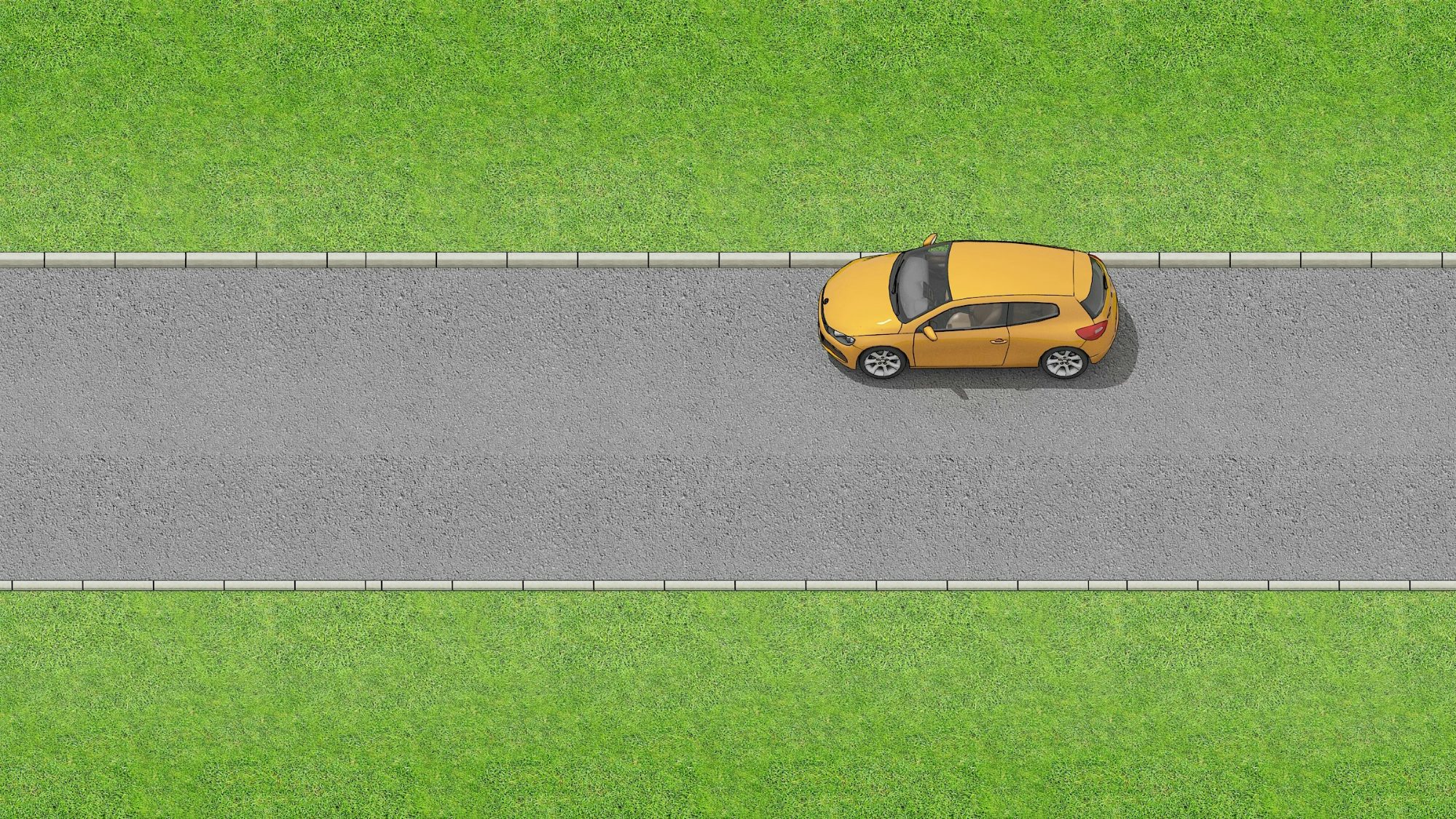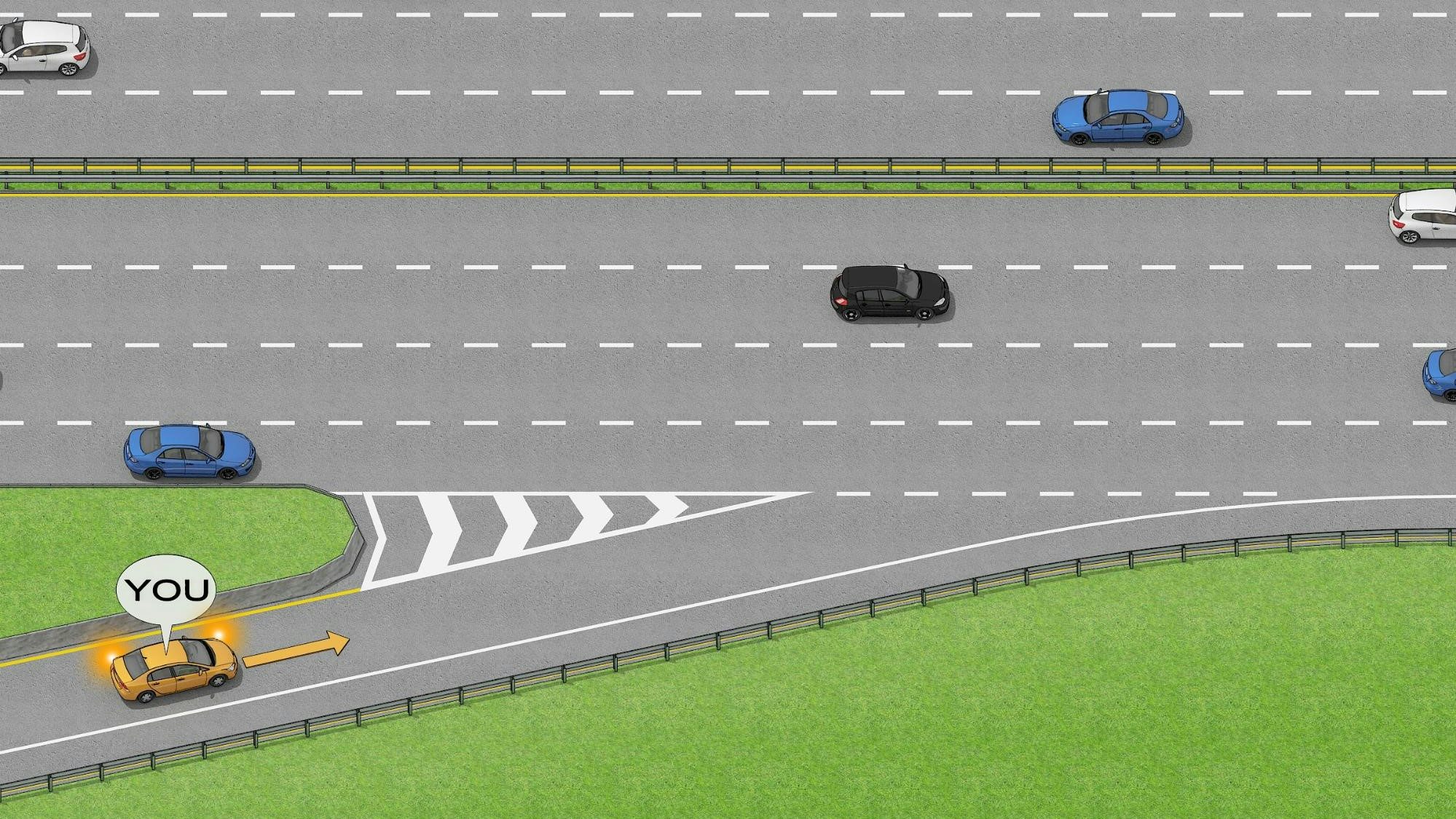Massachusetts RMV Permit Test Simulator 2025
Getting ready for the Massachusetts RMV permit test doesn't have to be overwhelming. Our MA practice test is designed to help you prepare thoroughly by simulating the types of questions you'll face on the real exam, with the same amount of questions and pass score.
Like the actual test, our simulator includes 25 multiple-choice questions, of which you need to answer 18 correctly to get a passing score. The questions cover key topics tested by the Massachusetts RMV, from right-of-way rules to unique state laws. When you've finished the simulator test, each incorrect answer will be accompanied by an explanation to help you learn from your mistakes and avoid them in the actual test. It's a great way to identify your weak areas and help you with targeted practice. By practicing with our simulator, you'll become familiar with the RMV test format, reduce test anxiety, and improve your chances of success.
More resources
Country
